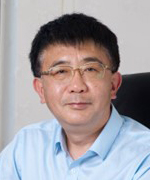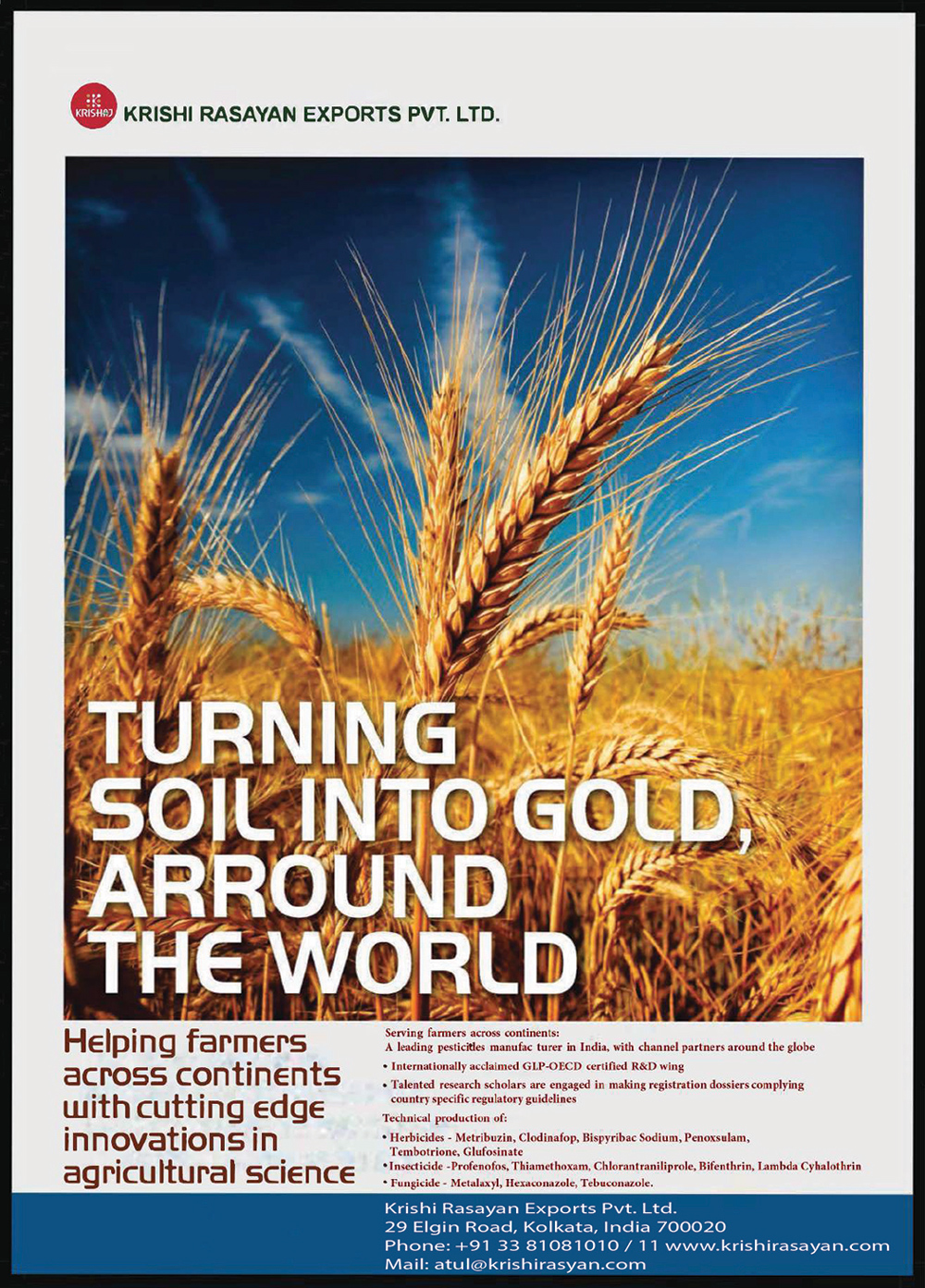The Trends of Solution-Oriented Formulation R&D for Southeast Asia
Scroll Down to Read
By Xuemin Wu

Climate change, resistance, and a reduced labor force are creating challenges for research and development (R&D) in crop protection in Southeast Asia.
While there are many challenges, from the perspective of formulation technology, there are many opportunities. Changes in materials, technologies, and equipment are bringing about new solutions in agriculture. For example, the development of surface and interfacial technologies, as well as the development of nano and controlled release technologies, are cutting-edge technological advances that are driving innovation in formulations.
Application technologies such as drones provide new opportunities for the development of pesticide formulations in Southeast Asia. These technologies require pesticide formulations to have better suspension, adhesion, and permeability, which promotes the optimization of formulation and the development of environmentally friendly formulations. Meanwhile, precision application by drones can improve pesticide utilization efficiency while also promoting the development of special formulations specially for drones.
A third opportunity is intelligent formulations to meet the needs of different crops and pests. Overall, technological changes are driving pesticide formulations in the direction of high efficiency, safety, and environmental protection.
ENTRY POINTS
A first consideration when facing every project should cover these three entry points:
1.Major Pest and Diseases: According to the changing trends of pests and diseases in the target region, R&D has to look for innovative pest and disease solutions. For example, citrus Huanglong disease, wheat scab, stem rot, etc. Teams should focus on the major pest and disease control needs in specific region to find breakthrough points.
2. Ag Technology: The R&D of formulation technology should combine the new application technology and application methods to carry out formulation innovation, such as special formulations and adjuvants for unmanned aerial vehicle (UAV) crop protection, and high efficacy and labor-saving formulations for paddy fields.
3. Innovation: With the development of science and technology, the introduction of new materials and technologies has an important role in promoting the development and innovation of formulations, such as new surfactants, green materials, new testing, and characterization techniques.
DRONE FORMULATIONS
At present, the formulations used in UAV flight control are still mainly those used in conventional field spraying in Southeast Asia.
The development of special formulations suitable for UAV pest control is becoming a trend in R&D of UAV plant protection. In this case, traditional formulations such as wettable powders (WP) and water-dispersible granules (WG) may face elimination, and some new formulations such as oil dispersion (OD) and microemulsion (ME) will be used more often. For the special formulations for UAV control, they also need to meet the following requirements:
Stability at Low Dilutions
Under low dilution, the formulation system needs to have high physical and chemical stability. In a short period of time, the formulation should not have problems such as stratification and precipitation, oil separation, flocculation, and decomposition of active ingredients.
Multi-Formulation Mixing
Due to the complexity of the application process, farmers usually apply multiple formulations at the same time. Therefore, a variety of formulation at low dilution need to have good compatibility. This can maximize the stability requirements to meet a variety of formulation mixed, and formulation/fertilizers/tank-mix adjuvants mixed.
Good Interfacial Properties
Since the amount of spray liquid per unit area of UAV plant protection is low, we need to reduce the evaporation of liquid and decrease the drift. At the same time, we also need to improve the properties of deposition, wetting, and spreading of the liquid to ensure the full play of the formulation efficacy.
Combination with Application Equipment
Drone application is characterized by low dilution and low amount of liquid used per hectare. Therefore, the quality of drone application is the key to ensure the efficacy. This requires developers to fully consider the evaporation, drift, and distribution of droplet deposition in different canopies. In addition, for the application of special scenarios such as fruit trees and forestry in mountainous areas, researchers also need to optimize the quality of application through the adjustment of formulations and instruments.
In addition, adjuvants play an important role in improving the quality and efficacy of UAV application. With the rapid development of the UAV industry, the development of tank-mix adjuvants for UAVs is also growing rapidly.
These new, biodegradable adjuvants play an important role in regulating droplet size and particle size distribution, reducing evaporation and drift, increasing active ingredient deposition, spreading and penetration, and improving rainfall resistance.
INNOVATION
For the development of pesticide formulations there are new requirements. High efficiency and safety have been the main theme of the R&D of formulations. Now, labor-savings and cost-savings are the new requirements with precision and multifunctionality as the new highlights.
The R&D of formulations takes into account a variety of factors:
- Characteristics of the target or pest occurrence;
- Application scenarios and application techniques;
- High efficiency, environmental friendliness, time and labor savings
- Efficient target delivery to maximize bioavailability;
- Physicochemical properties of the AIs; and
- Cost and market
NANOTECHNOLOGY & CONTROLLED-RELEASE TECHNOLOGY
The essence of nano-formulations is the change in performance and control effect brought about by the reduction or lowering of particle size. Small particle size increases the specific surface area of pesticide formulations’ particle, improves the solubility and stability of the agent, and can also deliver the pesticide more accurately to the target site, thus improving its bioavailability.
However, there are still some problems in the development of nano-preparation today, 1) the cost of processing and manufacturing is still high; 2) whether the cost-effectiveness is in line with the market demand and product positioning; and 3) the issue of environmental safety. Therefore, in my opinion, the application and wide-scale commercial promotion of nano-preparation will still need some time.
Sustained- and controlled-release formulations can extend the shelf-life, reduce the number of applications, improve safety for non-target organisms (e.g., herbicides), and enrich the formulation’s portfolio and functionality (e.g., ZC). Control-release formulations must release the active ingredient at an appropriate rate within the target time frame, which requires precise preparation control and material design.
In terms of formulation stability, we need to ensure that nanoparticles remain stable and do not aggregate during storage and transportation, which requires efficient adjuvants and preparation methods.
The development of adjuvant is also a key direction.

The development and production of nanotechnology and control-release technology are usually costly. And it is an important challenge to reduce the production cost and select suitable equipment for large-scale production.
There is also the requirement for materials. Under the influence of microplastic risk and plastic ban globally, the R&D of environmentally friendly materials plays an important role in promoting the development of nano and controlled release formulations. Some pesticide formulation products with slow-release technology currently on the market may be gradually replaced by biodegradable biomaterials. This should be another area of focus.
FIGHTING RESISTANCE
For R&D, one of the big issues to confront is resistance. To do this, resistance management needs to be a long-term strategy to focus on when developing chemical pesticide solutions. As pesticides continue to be put into agriculture on a large scale, resistance may not be avoided for some time, but the key is to think about how to slow this process down.
Monitoring
First, crop protection company teams need to strengthen the capability of resistance monitoring. Teams need to fully understand the extent of resistance based on the characteristics of the control target. It is particularly significant to have a resistance monitoring system launched in the field.
Pest and disease resistance data must be fed back to the crop protection company or the farmer in a timely manner, so as to provide a basis for formulation development and adjustment of use strategies. This may be where digital technology comes in. Remote sensing from drones and digital platforms from companies can provide farmers with resistance intelligence specific to their growing areas. In short, fast and accurate decision making is key.
Compounded Formulations
The second is the development of compounded formulations. Teams should utilize the law of cyclical differences in pesticide resistance, combining compounds with different mechanisms of action, and carrying out multiple mechanisms of action of AIs to develop co-formulations.
Practice has shown that this can reduce the speed of resistance development. This approach not only enhances efficacy, but also effectively slows down the resistance of pests and diseases to a single active ingredient.
Rotate Solutions
Third, companies should be rotating the medication. Agronomists and farmers must have a variety of tools at their disposal to cope with the problem of resistance. Researchers develop strategies based primarily on the mechanism of action of active ingredients and the cyclical pattern of differences in pest resistance. For crop protection companies, the practice is to stockpile products and alternate between different modes of action to slow down the development of resistance.
Get the Dosage Right
Fourth is to develop scientific pest control strategies. Grasp the environmental concentration thresholds of active ingredients for controlling the occurrence of pests and diseases, especially for new molecules, the dosage should be strictly controlled to avoid over-control and delay the occurrence and rapid growth of resistance. •
Xuemin Wu is a Professor of National Pesticide Formulation & Adjuvant Laboratory at the
China Agriculture University
